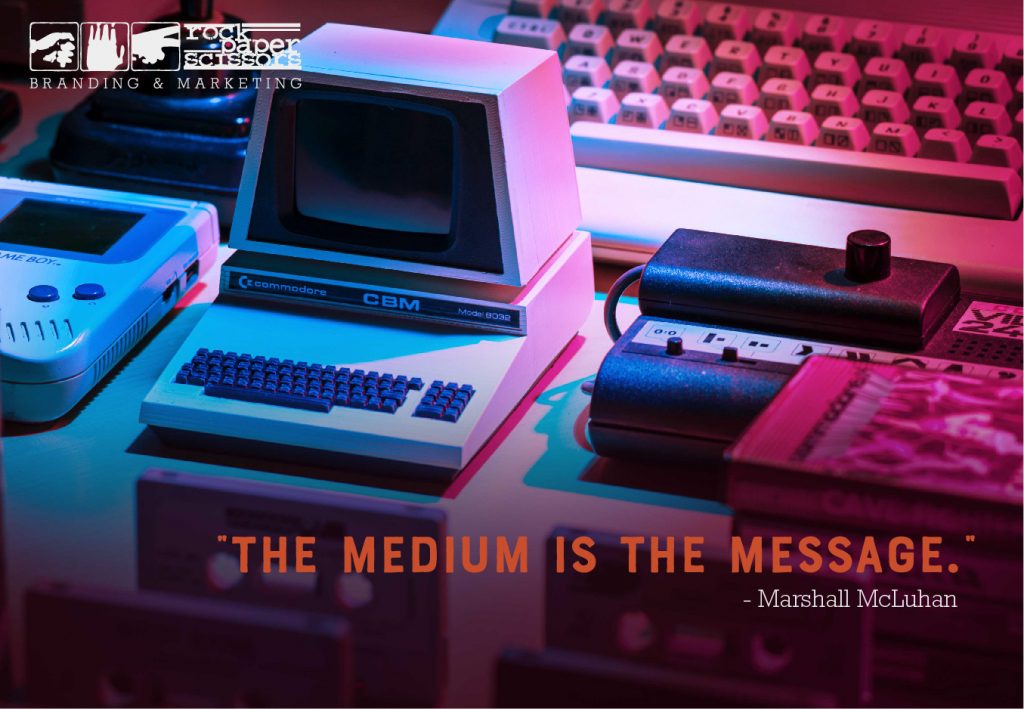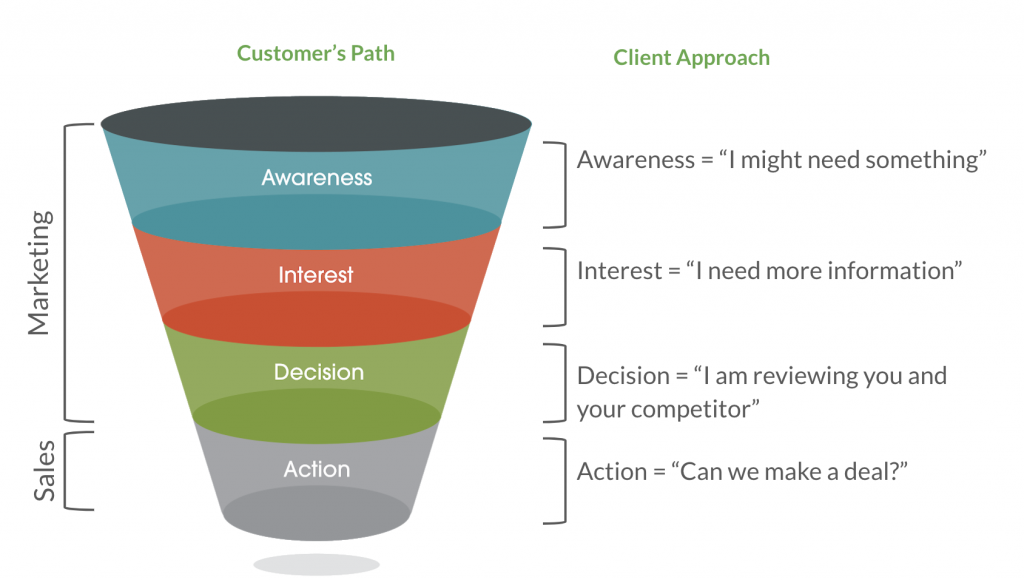Choosing Your Marketing Channels: Finding the Best Place for Your Message
From emails and social media to direct mail and billboards, with today’s technology there are many ways to put your message in front of your audiences and it can feel complicated to make sure you put it in the right place. You don’t want to shoot from the hip and miss, but you also don’t want to use every outlet available because it can be a waste of time if your audience isn’t there. That’s why it’s important to get to know your audience first. The better you know your audience, the better you are able to connect with them because you understand where and how they consume information. This allows you to select the best marketing channels for distributing your message.

What is a Marketing Channel?
EMyth defines it best — ”A Marketing Channel is any method, medium, or vehicle you use to communicate your marketing message. It’s how you broadcast your promise to your target markets.” That being said, marketing channels are not just a specific platform, but also events, speeches, your own customers, signs, banners, online directories, and so much more. Therefore, you not only need to know your audience but also about the journey they embark on to discover what your organization has to offer.
The Sales Funnel
Before we start making decisions about channels, let’s take a moment to talk about your audience’s journey to becoming a customer. The sales funnel is an illustration of the journey every person goes through when they make a purchasing decision. Each stage in the funnel is a milestone in the decision-making process:
— Awareness: Audience members are just becoming conscious of a service or brand. They might not even know they had a problem so they are absorbing a lot during this stage.
— Interest: Audience members are learning more about the product, service, or solution. However, at this point, they are interested but not ready to commit or buy.
— Decision: Audience members are getting closer to converting into a customer and are comparing options for one organization or product over another to make sure they are selecting the best fit for their needs.
— Action: Audience members are ready to take the next step and make a deal.

There is also a stage of the sales funnel called Reengagement. This stage applies to audience members who have received your services before and may consider seeking your product, service, or solution again. They go through the same journey above but this process is usually faster because they already trust you, but need to learn about your new service or product.
Keep in mind that a lot of the decision-making process is also done before you even know someone is a prospect. Over the past 15 or so years, there has been a considerable shift in what is considered sales vs. marketing and that impacts the way we approach our marketing strategy and channels. In the past, the awareness and sometimes the interest stages of the funnel were covered by marketing actions, with all other stages falling under the sales. This meant that as a seller/provider, you had more contact with the decision process and could adjust to meet a prospect where they were. Now we are seeing most of the funnel being covered by marketing, which means that you may not actually encounter your prospect until they are ready to buy. In more recent years, we’ve seen that marketing extends beyond interest and through decision so you may not encounter your potential customer in-person until they are ready to buy.

The reason the sales funnel is so important is because it illustrates how you need to show up for your audience during the whole decision-making process and that your audience needs different information during each stage. These touchpoints allow you to build trust with your audience through this journey by sharing your expertise and other valuable information that builds your credibility in your audience members’ eyes.
Now that you know about the journey of an audience member through the sales funnel, it’s time to think about it in terms of marketing channels. Understanding where each channel lies in the sales funnel is important because it can help you be more intentional not only with the marketing channels you select, but also with the message you send in each channel. This will help you craft messaging in a way that helps your audience take action based on where you are meeting them.
Prioritizing Your Marketing Channels
With a better understanding of how people make decisions, you can start to select and prioritize your marketing channels based on the sales funnel approach. Use your audience profiles to select the channels your audience already uses, and then cross-reference to the sales funnel to make sure you have channels to support your audience through the entire buying and decision-making process.
Here are a few questions worth considering to help you select and prioritize your marketing channels:
1. How probable does it seem that this channel could work?
2. What will it cost to acquire a customer in this channel?
3. How many customers can you expect to acquire through this channel?
4. What is the timeframe needed to run tests to make sure this channel will produce the results we need?
As you are considering these questions, take the time to list out your current marketing channels and review what’s working and what’s not so you can choose which marketing channels you need to keep, drop and add if you haven’t used it before but think it would be good to add to your mix. As you start using your newly prioritized marketing channels, be sure to use any data available (email marketing statistics, social media insights, Google Analytics, etc.) to help you measure the effectiveness and pivot as needed to help guide your audience to your organization.
Ready to get started? Download our marketing channel selector, prioritizer, and sales funnel sheets!
Need help planning your marketing efforts and choosing your marketing channels? We have a workshop for that! Email info@123shoot.com to request more information about our annual marketing plan workshop.

